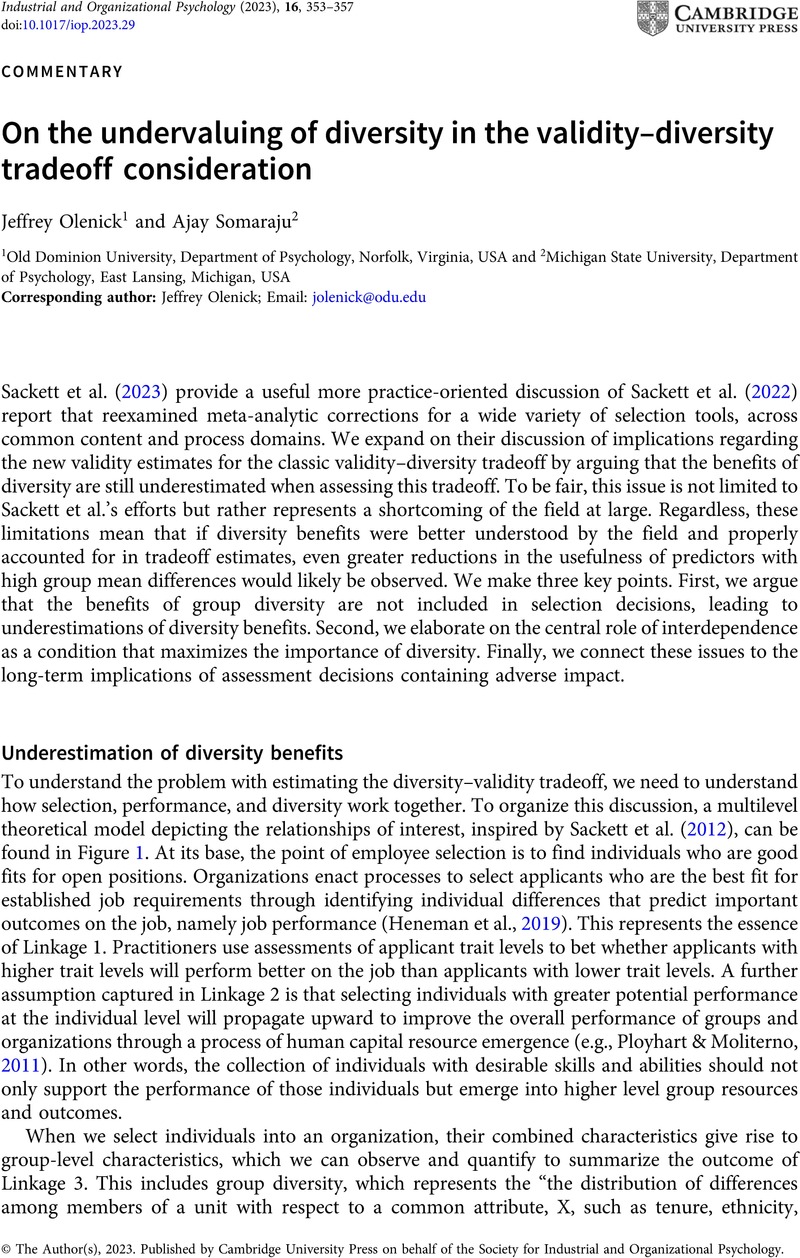Griffin, D. J.,
Somaraju, A. V.,
Dishop, C., &
DeShon, R. P. (
2022).
Evaluating interdependence in workgroups: A network-based method.
Organizational Research Methods. Advance online publication.
https://doi.org/10.1177/10944281211068179
Google Scholar 